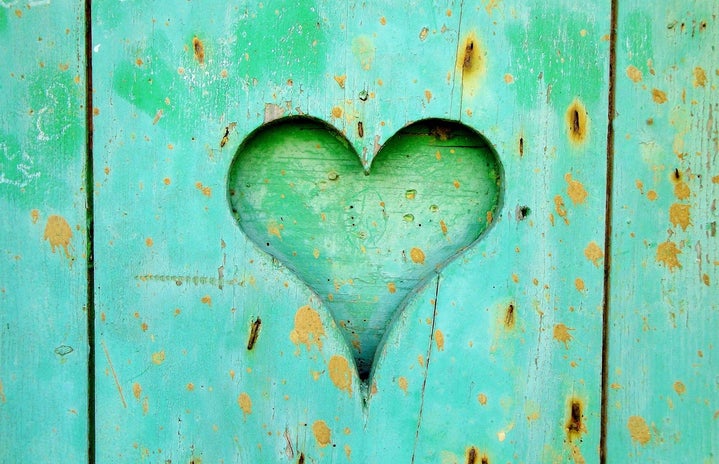It’s estimated that half a million Americans are negatively affected by the changing seasons and darkening of the summer light. They feel depressed, irritable and tired. Their activity levels decrease, and they find themselves in bed more often. This depression disorder not only affects their health, but it also affects their everyday life, including their job performance and friendships. This disorder is known as Seasonal Affective Disorder, appropriately acronym-ed, SAD.
What is SAD, Exactly?
SAD is a mood disorder that affects an individual the same time each year, usually starting when the weather becomes colder in September or October, and ends in April or May when the weather becomes warmer. People with SAD feel depressed during the shorter days of winter, and more cheerful and energetic during the brightness of spring and summer.
Did you know that between 60% and 90% of people with SAD are women?
It’s true. If you are a female between 15 and 55, you are more likely to develop SAD. Great, so not only do women have PMS, Menopause, and child labor to worry about, add SAD to the list, too.
Even though the harsh chill in the air might bring you down, SAD is believed to relate more to daylight, not the temperature.
Some experts believe that a lack of sunlight increases the body’s production of a body chemical called melatonin. Melatonin is what helps regulate sleep and can cause symptoms of depression.
It takes more than just one winter depression to be diagnosed with SAD.
Individuals must meet certain criteria:
- The symptoms and remission of the systems must have occurred during the last two consecutive years.
- The seasonal depressive episodes must outnumber the non-seasonal depressive episodes in one’s lifetime.
SAD can be treated.
If your symptoms are mild, meaning, if they do not interfere in and completely ruin your daily life, light therapy may help you beat SAD. Using light therapy has shown highly effective. Studies prove that between 50% and 80% of light therapy users have complete remissions of symptoms. However, light therapy must be used for a certain amount of time daily and continue throughout the dark, winter months.
If you have a friend or loved one who suffers from SAD, you can help them tremendously.
- Try to spend more time with the person, even though they may not seem to want any company.
- Help them with their treatment plan.
- Remind them often that summer is only a season away. Tell them that their sad feelings are only temporary, and they will feel better in no time.
- Go outside and do something together. Take a walk, or exercise. Get them to spend some time outside in the natural sunlight. Just remember to bundle up!
(Information aqquired form psychcentral.com)

